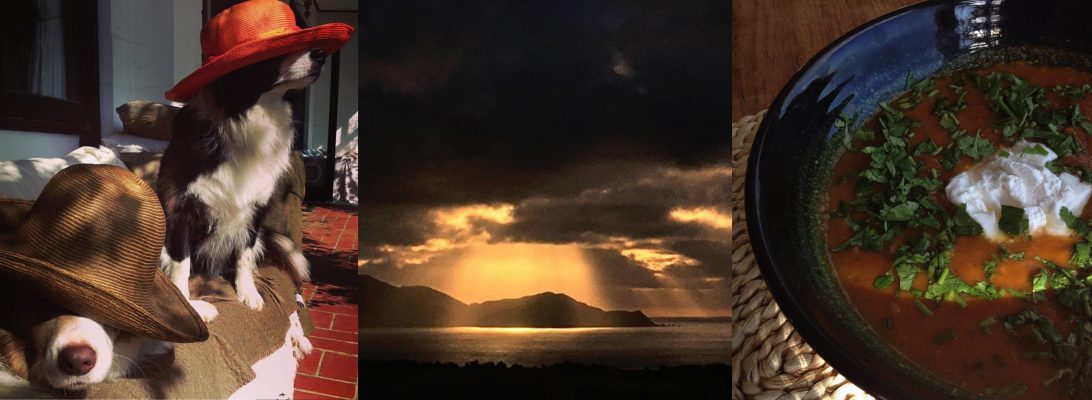We don’t see things as they are, we see things as we are.
Anais Nin
Yesterday morning I spent a very happy hour wandering around the European Masters exhibition at Te Papa. A stunning and diverse selection of works, it includes nearly 100 pieces by some of the greatest German, French, Spanish, Belgian, Dutch and Swiss masters of the 19th and 20th centuries. There was a beautiful little Degas which would look gorgeous in my bedroom. I needed Thomas Crown.
When I was a little girl, my father Clive took me to a Monet exhibition. He loved art and he had a particular technique for viewing an exhibition. The first thing he would do was a reconnaissance of all the works. A quick walk around the exhibition to get an overview and to identify those few pieces he wanted to focus his attention on. Then with each of his favourite pieces, he’d begin by standing well back in order to get a sense of perspective, then he’d get in as close as he could to observe the detail. Finally, he’d have a leisurely stroll around the whole exhibition again, as if to put those few works in context.
It is a technique I have adopted. Strangely enough I find it work for buffets too.
As I stood in the gallery at Te Papa, peering at one of the paintings I was most drawn to, I became aware of people standing on either side of me peering at the same painting and I wanted to ask ‘What do you see?’
Recently, I’ve been thinking a lot about perception. How we see ourselves, how we believe others see us, how others really do see us and how we see the world in very different ways.
One way or another, I seem to have connected with a large number of people over the last few years. The world is a village and many times I’ve been surprised by the few degrees of separation between people. So on numerous occasions I’ve found myself having conversations with someone and it turns out we have a mutual friend or acquaintance. And what I’m fascinated, actually more than that, I’m moved by, is how one person’s perception of another can differ so greatly, depending on their experience and how they see the world.
I know that 38 years of experience and neurobiology shape the way way I see the world. When someone sees something, or someone, in a very different way to me, I try and take a step backwards (or sometimes, one forward) to understand why. To ask myself two questions:
How do you see the world?
How does the world see you?
To be continued...

